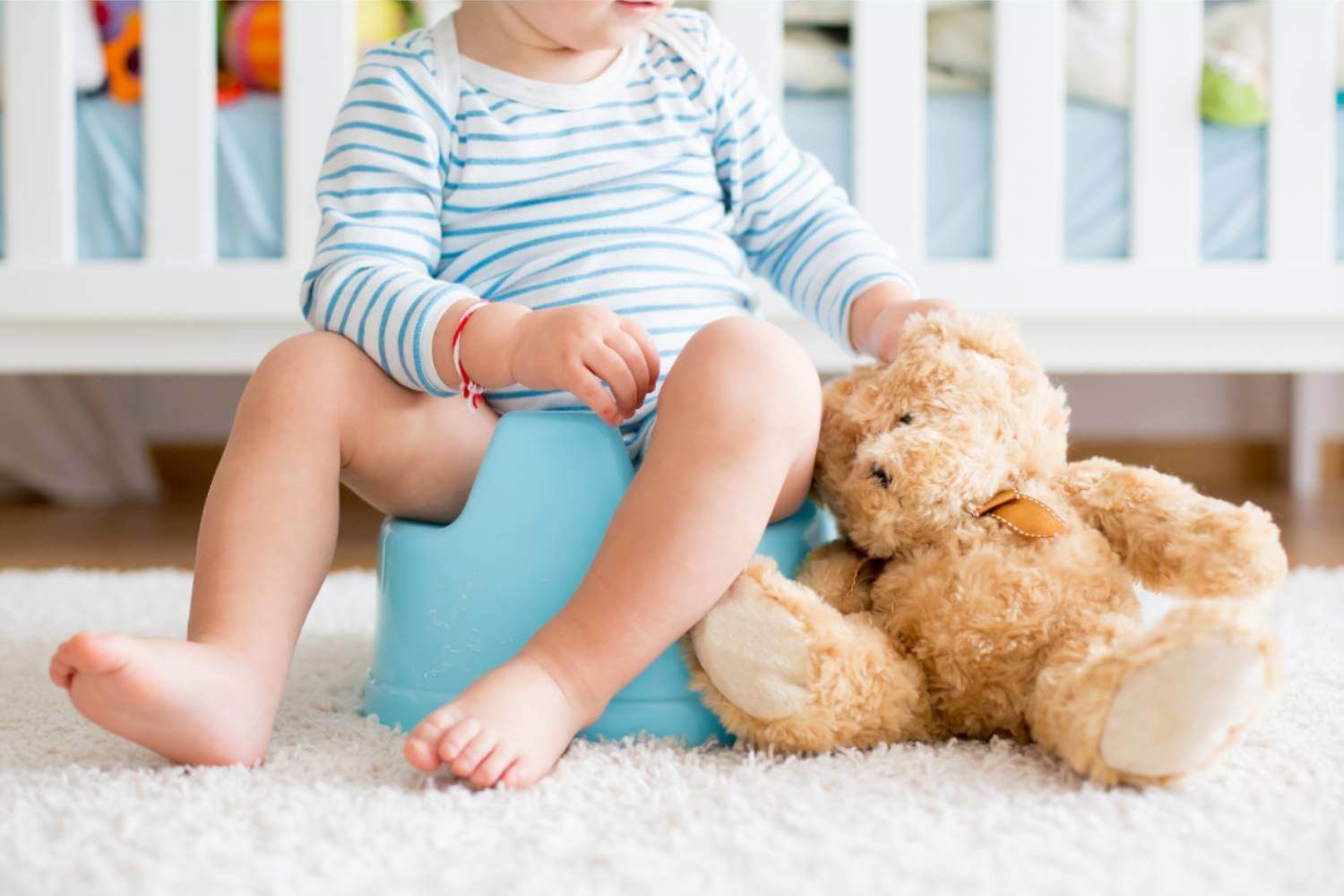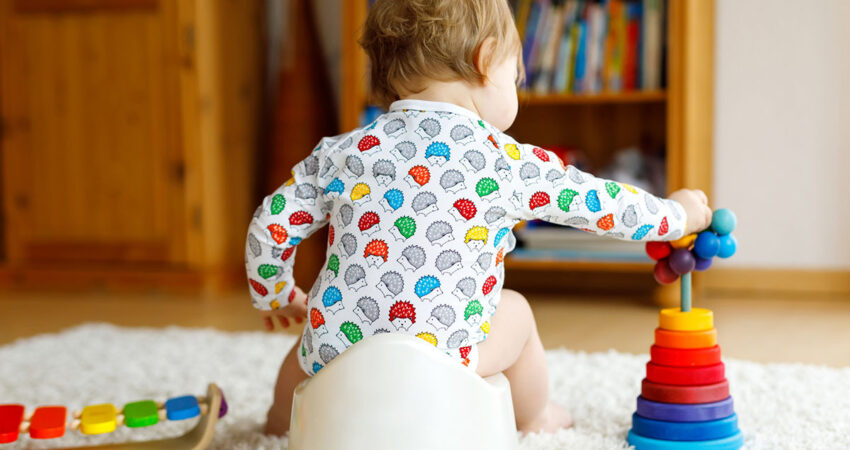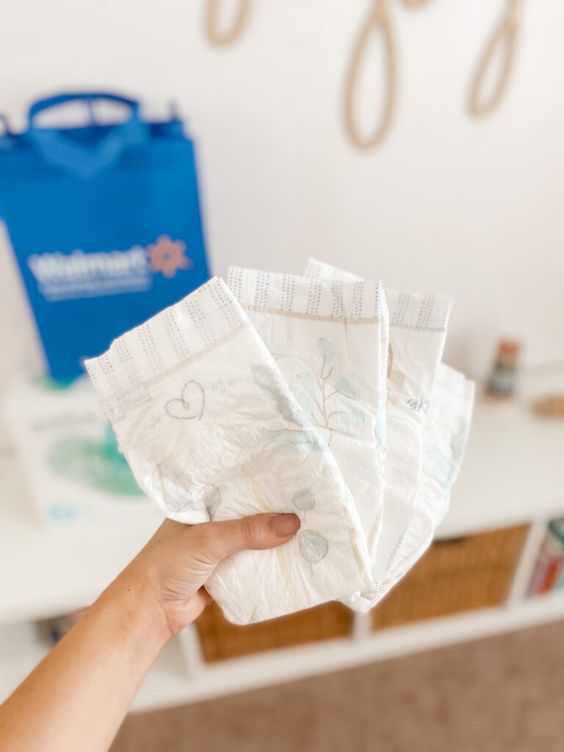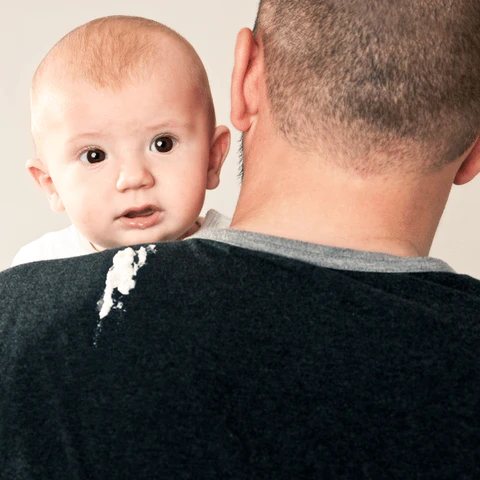Potty Training: When and How To Start – A Roadmap for Parents
Every parent reaches a milestone moment: potty training their child. It can feel overwhelming, but with the right knowledge and approach, it can be a positive and smooth experience for you and your little one. This guide will equip you with the tools you need to navigate potty training successfully.
Age is a Factor, But Readiness is Key
While many wonder about the “perfect age” to start potty training, there’s no one-size-fits-all answer. However, focusing on your child’s readiness is far more important than age. Here’s why:
- Physical Development: Your child should have some bladder and bowel control. They should also be able to pull their pants down and up independently. This allows them to participate actively in the potty training process.
- Cognitive Development: Understanding basic instructions and communicating their needs are crucial. Can your child follow simple directions like “go sit on the potty”? Do they use words like “pee” or “poop” to express themselves?
Signs Your Child Might Be Ready
Here are some key signs that indicate your child might be developmentally ready to embark on potty training:
- Diaper Awareness: Does your child seem uncomfortable in a wet or dirty diaper? Do they try to remove it or become fussy?
- Mimicking Behavior: Does your child pretend to use the toilet with their dolls or stuffed animals? This can be a sign of curiosity and interest.
- Communicating the Need: This might not happen initially, but eventually, your child might start expressing the urge to use the potty with words or gestures.
- Staying Dry for Longer Stretches: Is your child staying dry for 2-3 hours during the day? This indicates some bladder control, which is a key factor for successful potty training.
However, it’s important to remember: These signs may not appear in a specific order, and every child develops at their own pace. Patience is key!
Choosing the Right Potty Throne
Selecting the perfect potty for your little one is an important first step. Here are some popular options to consider:
- Standalone Potty Chair: Familiar and comfortable for toddlers, promotes independence with easy access.
- Potty Seat: Fits on a regular toilet, offering a realistic experience for future transition.
- Standing Potty: Great for boys learning to urinate standing up, encourages mimicking adult behavior.
Consider these factors when choosing:
- Comfort: Opt for a comfortable seat size and back support, especially for longer sitting periods.
- Ease of Cleaning: Removable bowls or inserts make cleaning and hygiene easier.
- Visual Appeal: Bright colors or fun characters can entice your child and make potty time more enjoyable.
- Your Child’s Preference: If possible, involve them in the selection process for a sense of ownership.
Techniques to Set Your Child Up for Success
There’s no single best approach to potty training. Here are some common techniques to explore and adapt to your child’s needs:
- The Naked Method: Letting your child go bare-bottomed for short periods helps them feel wetness and understand bodily cues.
- Scheduled Potty Breaks: Taking your child to the potty at regular intervals, even if they don’t seem to need to go, can establish a routine.
- Positive Reinforcement: Praise your child’s efforts and successes, no matter how small. This helps build confidence and motivation.
Remember: Accidents are inevitable. Stay calm, clean up messes without scolding, and use them as teaching opportunities.
Common Challenges and How to Tackle Them
Potty training can have its hurdles. Here’s how to address some common challenges:
- Accidents: Accidents happen. Clean them up calmly and use them as a teaching opportunity. Focus on the next attempt.
- Holding It In: Some children hold their bowels due to dislike for the potty. Offer reassurance and a comfortable environment.
- Fear of the Toilet: A loud flush or large toilet bowl can be scary. Let your child practice sitting on the potty with clothes on at first.
Patience is Key: Potty training takes time and patience. Don’t get discouraged by setbacks. Celebrate every milestone, big or small.
Nighttime Potty Training: A Separate Journey
Nighttime potty training can take longer than daytime training. Here are some tips:
- Limit Fluids Before Bed: Reduce the amount of fluids your child drinks close to bedtime to minimize nighttime accidents.
- Wake-Ups (if Necessary): For some children, a mid-night potty break might be helpful until nighttime dryness is achieved.
- Pull-Up Diapers at Night: Pull-up diapers offer extra protection and peace of mind while your child transitions to nighttime dryness.
Remember: Don’t pressure your child into nighttime training before they’re ready. Focus on daytime success first, and nighttime dryness will naturally follow in due time.
 Conclusion: A Rewarding Journey
Conclusion: A Rewarding Journey
Potty training is a journey, not a destination. With the right approach, patience, and a positive attitude, you and your child will reach your goal. Celebrate every milestone, big or small, along the way. Remember, your child is unique, and their potty training journey will be unique as well. Trust your instincts, adapt your approach as needed, and most importantly, enjoy this special time of growth and learning with your little one.




